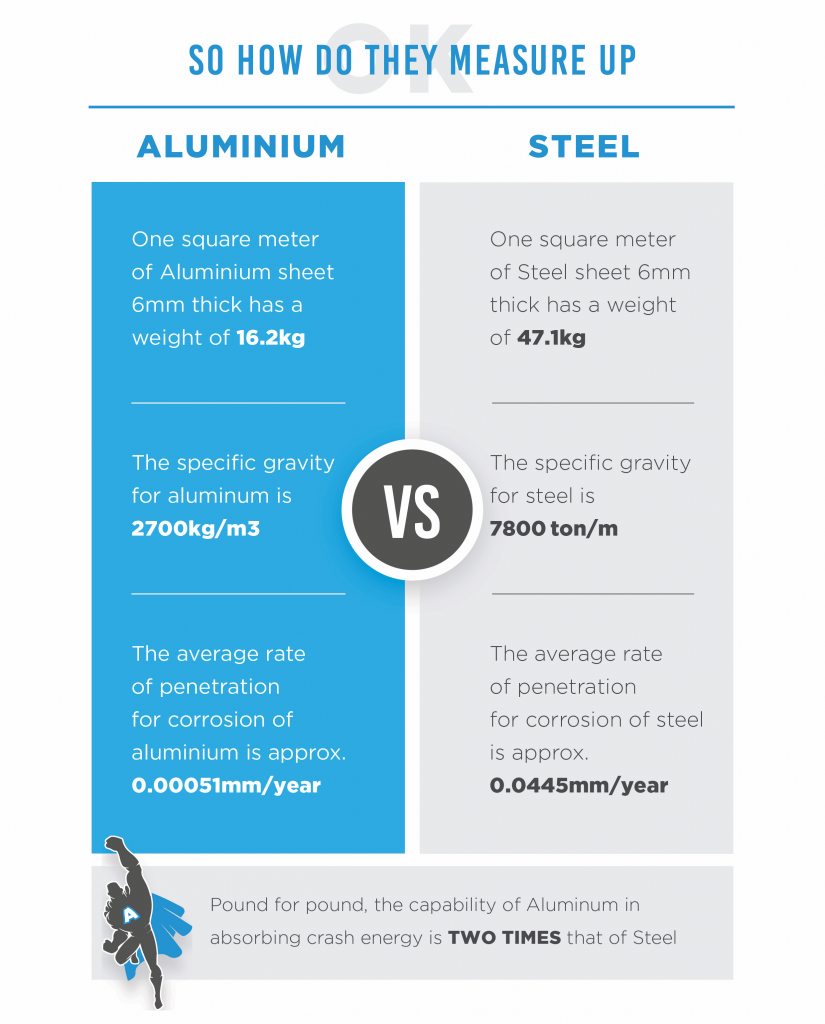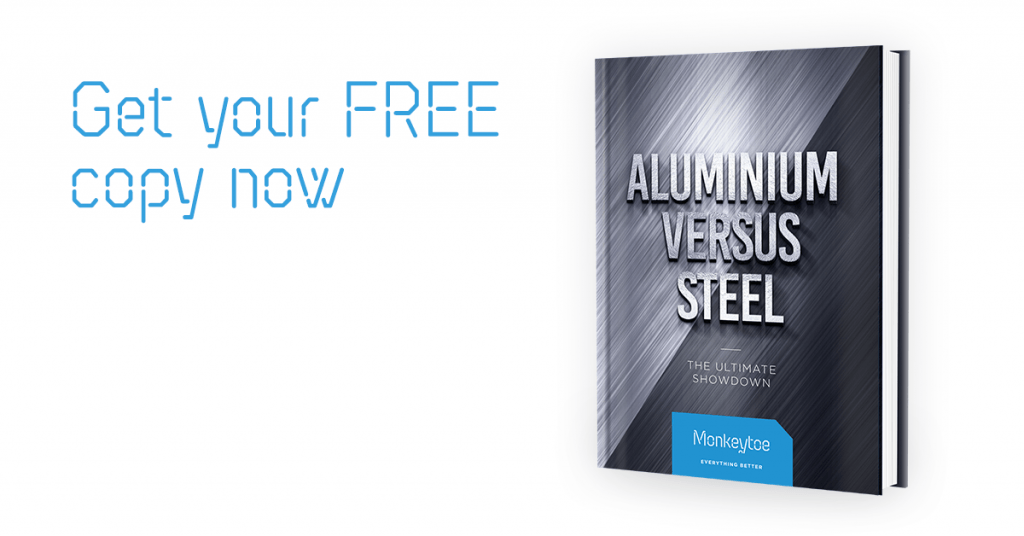Aluminium may once have been known as the metal of kings, but today it is a versatile and sustainable material that is revolutionising the manufacturing and construction industries.
From its initial discovery in 1824 by Danish chemist and physicist Hans Christian Ørsted (who is also credited with discovering electromagnetism), aluminium has been used in electrical components, construction materials, historic monuments and even airplane fuselages.
Once a more precious metal than gold, aluminium has long been seen as a premium, quality product. From the 1880s, when it became more commercially viable than it had previously been to extract and produce, to the last few decades during which aluminium has taken enormous strides as a viable construction material, it’s now being used for a diverse range of purposes.
And it’s little wonder! Aluminium’s chemical and physical properties, along with its production lifecycle, offer significant advantages over other established building materials like steel.
For starters, it’s much lighter in weight – only 1/3 of the weight of its steel equivalent, which impacts significantly on whatever structure is being created. The table below highlights more of the differences and benefits, which – we think – see aluminium being crowned the clear winner.
Offering safety benefits, sustainability advantages, and weather resistance that sees it naturally protected against corrosion – as well as its other impressive physical properties – aluminium has the upper hand when compared to steel. To understand more about the differences, and see a deep dive into aluminium vs steel, download our full ebook now.




